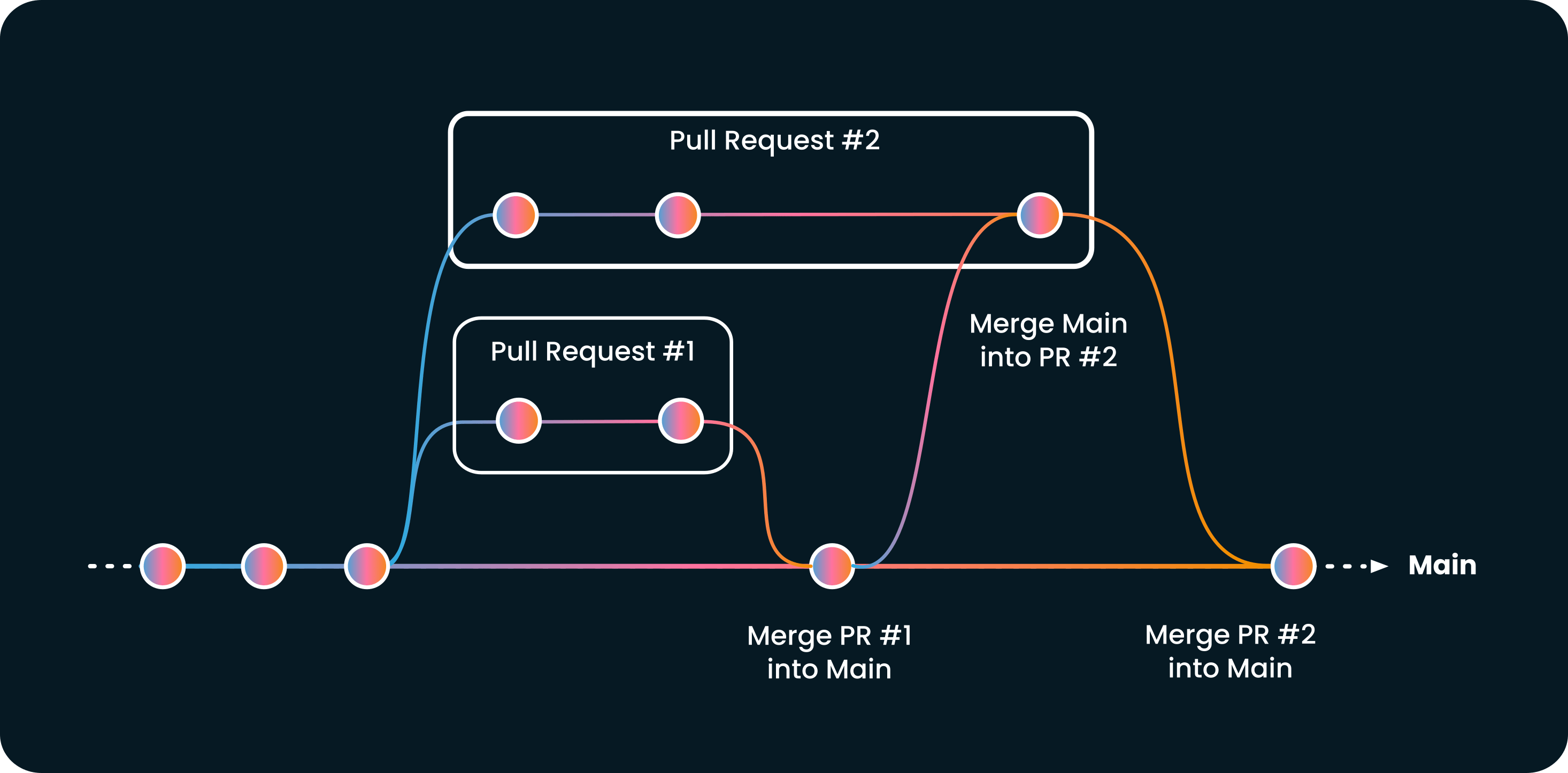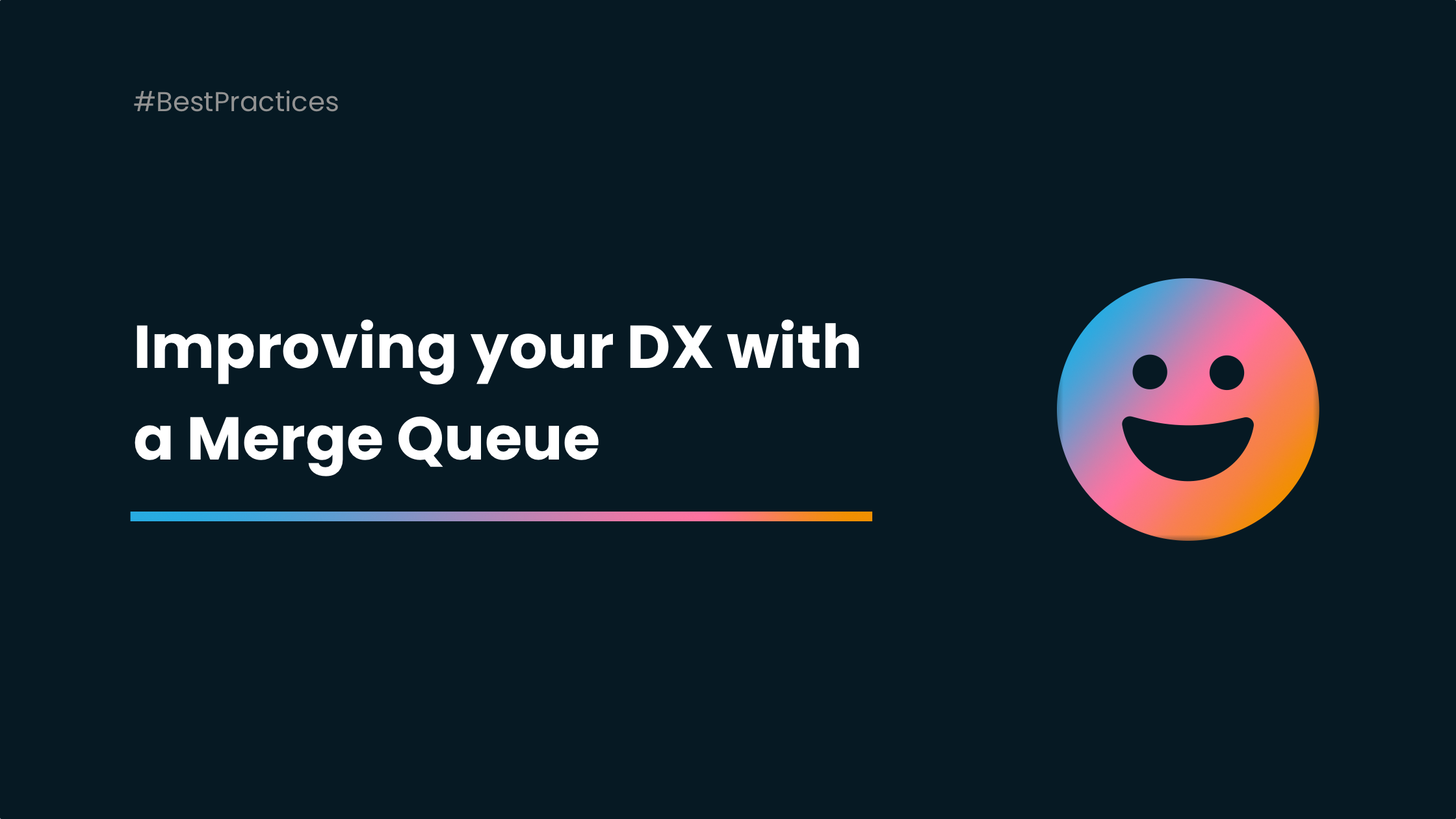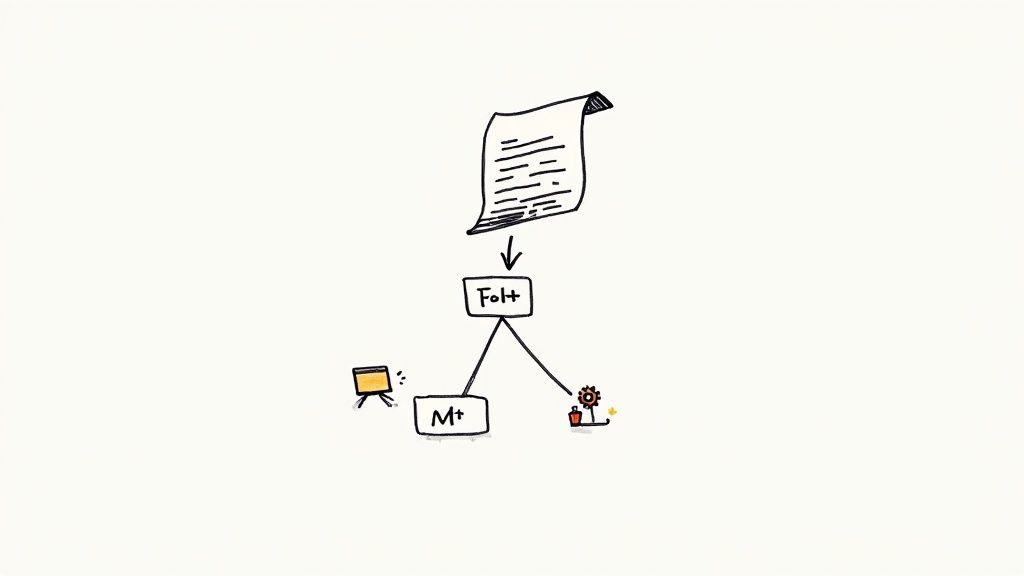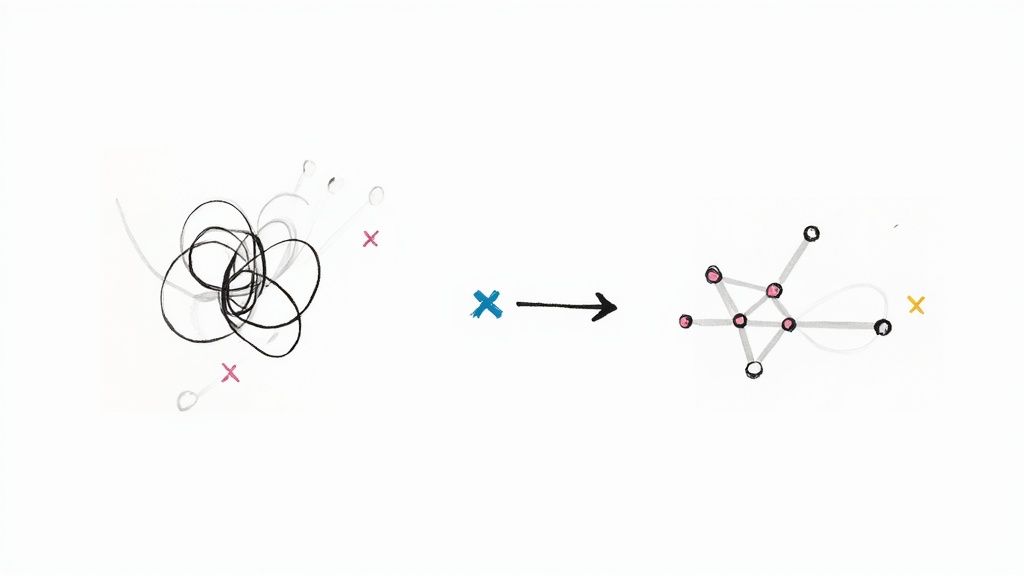Benefits of Using a Merge Queue in Github
In GitHub's CI/CD workflows, merge queues automate code integration, enhancing efficiency. They streamline pull requests, prevent conflicts, and ensure updated, tested merges. This boosts team productivity and code reliability, improving the overall development process.

In software development, efficiency and reliability in code integration are paramount. On GitHub, specific tools called merge queues offer a streamlined and automated approach to handling code integrations, playing a crucial role in modern CI/CD workflows. This article will explore the merge queue's functionalities and its substantial benefits for development teams collaborating on GitHub.
The Magic Behind Merge Queue
A merge queue is an intelligent queueing system for handling pull requests in GitHub. It's like having your assistant who's good at organizing – they take all the incoming pull requests and process them into a neat line.
It tackles the common issues of constant reverts, merge conflicts, and outdated pull requests.
A merge queue updates all pull requests and then runs automated tests sequentially. If every check passes, the pull request is merged.

Turbocharging Team Velocity and Productivity
Velocity and productivity in software development are directly influenced by how quickly and safely new code can be integrated into a project.
A merge queue facilitates this by allowing for a more automated, predictable, and reliable merge process.
By ensuring that each pull request is only merged after being updated and passing all required checks, teams can avoid the time-consuming task of fixing integration issues post-merge, thereby speeding up the overall development cycle.

Enhancing Developer Experience
Using a merge queue enhances the developer experience by removing many unpleasant, tedious, and manual tasks - such as managing pull requests, rebasing, merge conflicts, and integration issues.
Developers can focus on writing code and reviewing pull requests, confident that the integration process is taken care of.
This automated and streamlined process minimizes frustration and maximizes focus on development tasks, leading to a more satisfying coding experience.

Fortifying the Codebase
Security and stability of the code base are of utmost importance.
A merge queue ensures that new code changes are updated, tested, and validated before merging.
This reduces the likelihood of introducing security vulnerabilities, errors, or bugs into the main branch.
By maintaining a high standard for code integrations, a merge queue helps keep the code base secure and robust against potential issues.

Easing Onboarding of Newcomers
For new developers joining a project, the merge queue simplifies the process of understanding the project's integration workflow.
With clear guidelines and an automated process, new team members can quickly learn how to integrate their code changes into the main branch without navigating complex manual processes.
This facilitates a smoother onboarding experience and allows newcomers to contribute more effectively.
Conclusion
Implementing a merge queue in GitHub brings numerous advantages, from accelerating development velocity to securing the code base. Automating the integration process relieves developers from the burden of manual merge conflict resolution, allows for a better focus on actual development work, and offers a welcoming environment for new team members. In the fast-paced world of software development, a merge queue is an invaluable asset for any team aiming for efficiency and excellence in their development processes.






